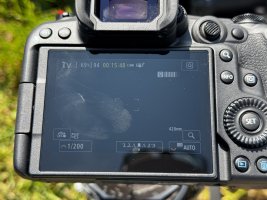Read noise is always there in modern sensors, they haven't managed to get rid of it yet, and probably never will.At high iso, DR for most of the good cameras is limited just by the noise caused by statistical fluctuations in the number of photons hitting the sensor. - and the camera circuitry isn't causing loss of DR.
Upvote
0

